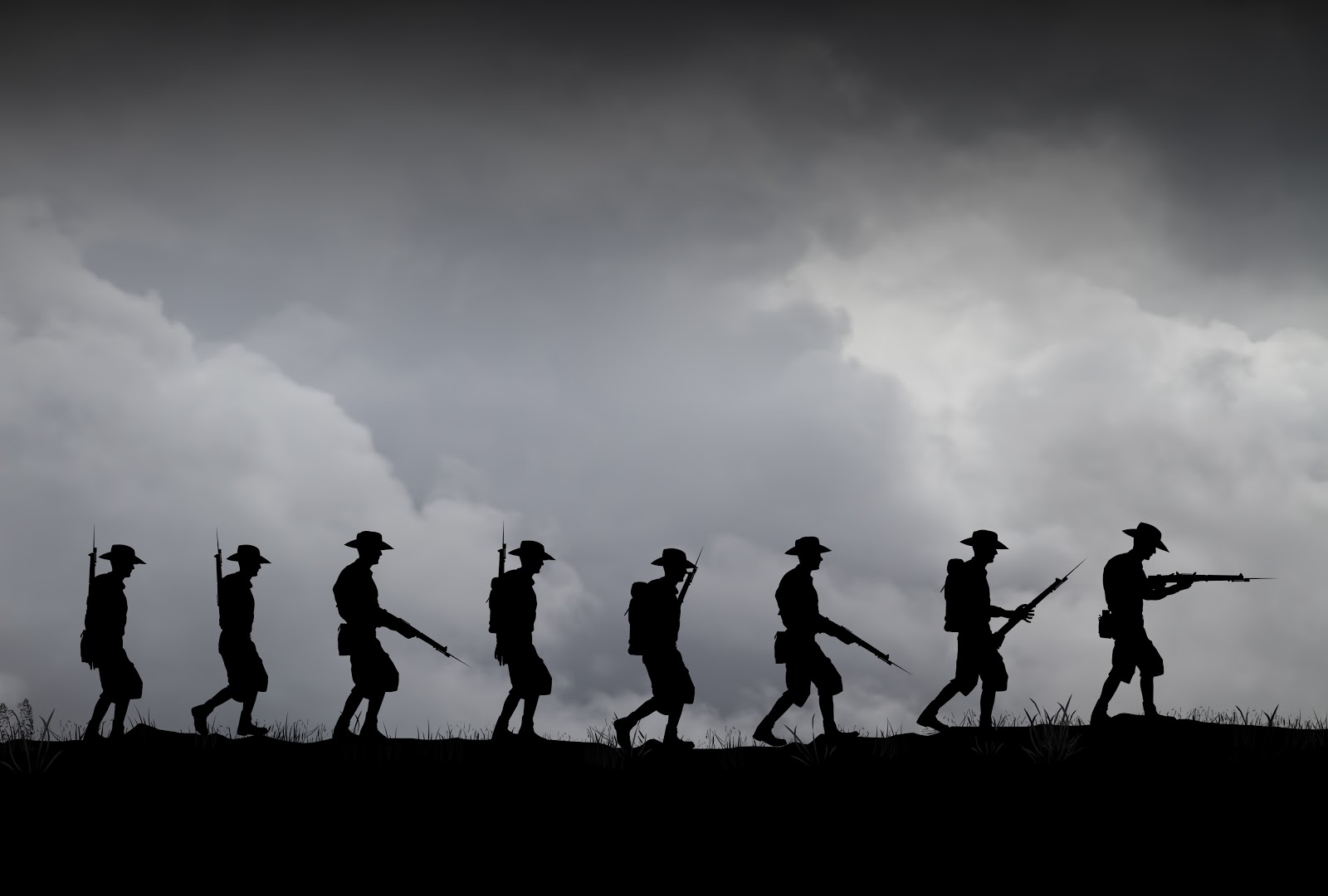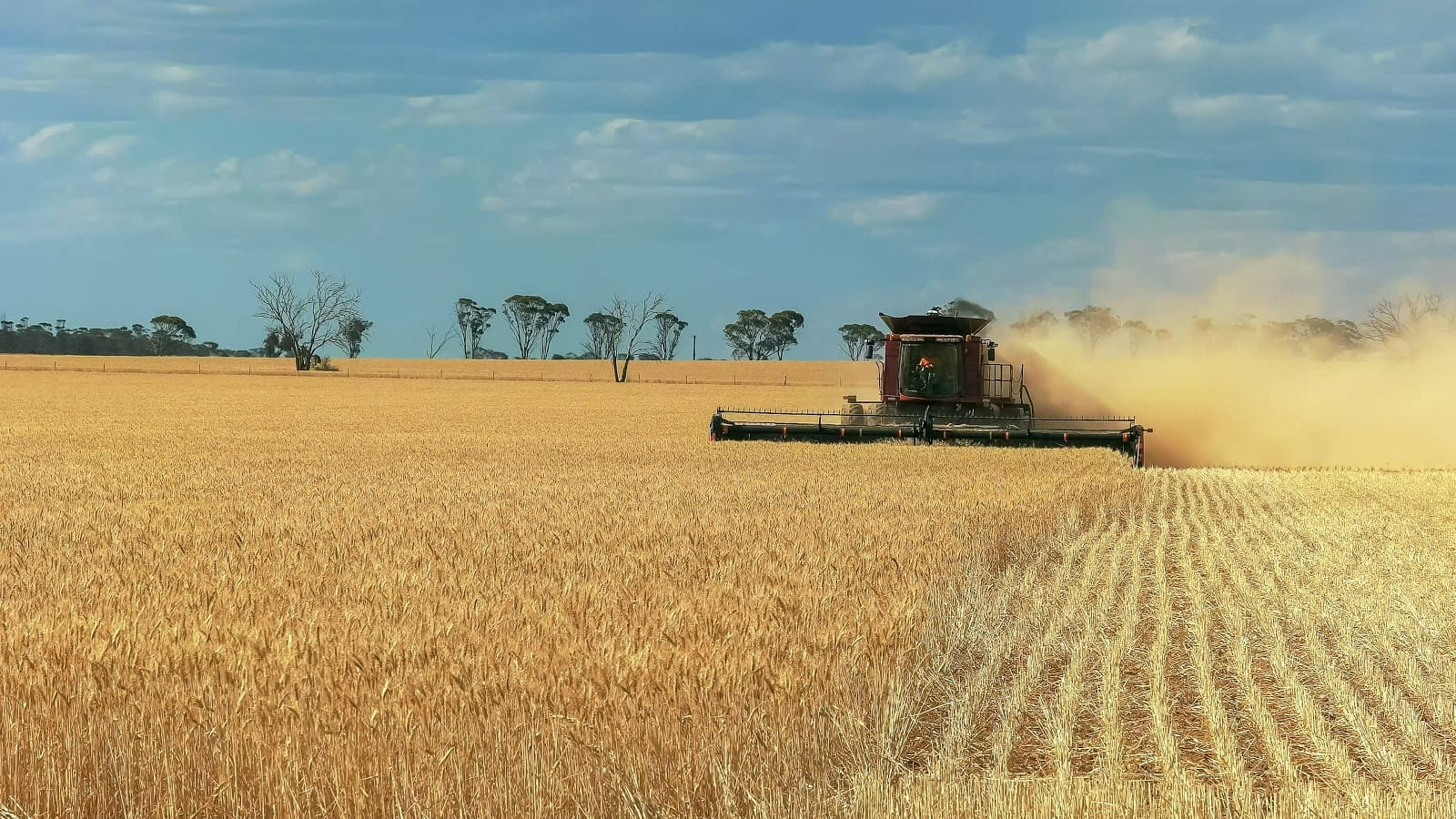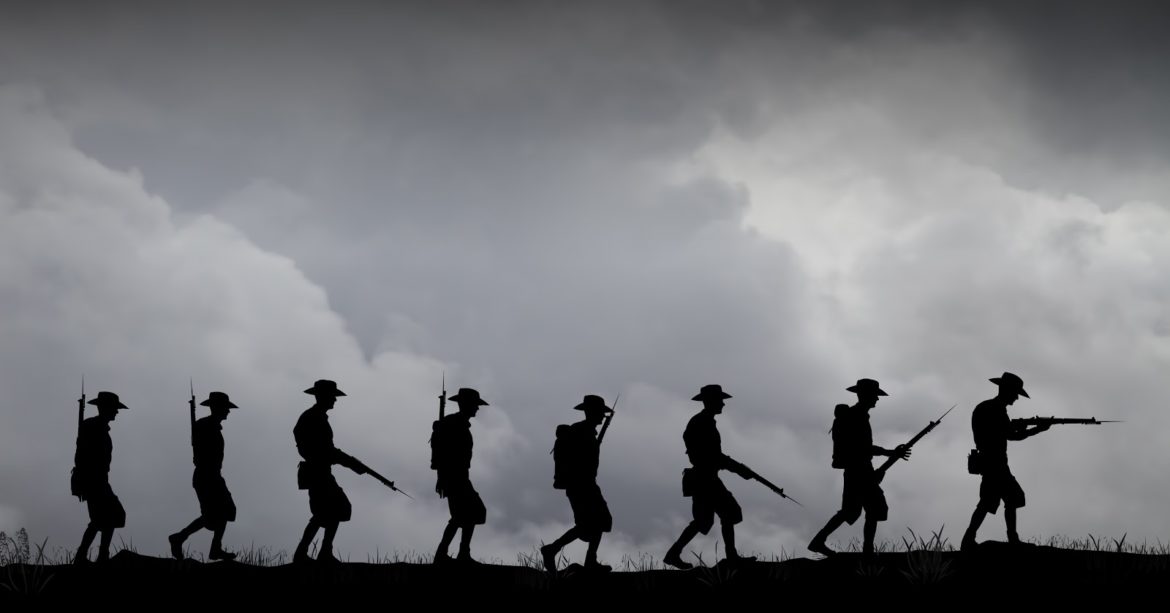From Gallipoli to Farms in Australia – the Soldier Settlement Scheme
The First World War is still the costliest conflict in Australian history with regards to the number of soldiers who died and were wounded. Out of a population of less than five million, 416,809 Australians enlisted.
Of those who left for war, more than 60,000 were killed. Gallipoli was one of the most infamous campaigns involving soldiers in the Australian army. Director Peter Weir captured the horror of the campaign in his 1981 film of the same name.
The large number of deaths was not the end of the story; 156,000 more men were gassed, wounded, or became prisoners of war.
Given the potential sacrifice that these men were making by enlisting, it’s understandable that the Australian government wanted to help with their settlement when they returned. This was the idea behind the First World War Soldier Settlement Scheme. Each individual state introduced a scheme, and around 23,000 farms were created across the country.
Key points
- More than 60,000 soldiers in the Australian army died during World War One.
- The federal and state governments in Australia introduced the Soldier Settlement Scheme to help soldiers settle affordably after World War One.
- The Soldier Settlement Scheme failed for several reasons including the settlers’ lack of experience, the small size of land parcels and injuries sustained by settlers during the conflict.
Need a Quote?

How the Australian settlement scheme for soldiers worked
As the First World War progressed, the federal and state governments in Australia made plans for a settlement scheme for soldiers in the Australian army. The ideas they came up with were similar to those in previous plans to populate inland Australia.
The government divided pastoral estates into smaller farms. They intended to create farming communities around returning soldiers. The scheme provided for different areas of the country to be used in different ways.
Areas around the Murray River in New South Wales, Victoria, and South Australia were ideal for fruit growing. Cane and horticulture were central to activities in Queensland. In Tasmania, settlers concentrated on dairy farming.
Although there was an overarching idea, each state was responsible for its own scheme. New South Wales introduced the Returned Soldiers Settlement Act in 1916. Victoria created its scheme under the Discharged Soldier Settlement Act 1917. In South Australia, the first relevant legislation was in place from 1915.
The idea of a settlement scheme for soldiers was a good one. Soldiers could get land on affordable terms. They could also get a cash advance to help them purchase equipment and make improvements.
The scheme was open to any soldier who served in the Australian army and received an honourable discharge. Men did not have to be Australian to qualify. So, it was a fair way to recognise the value of their contribution and the sacrifices they made.
However, the scheme failed for several important reasons.
Difficulties with the Australian settlement scheme for soldiers
While the Soldier Settlement Scheme was a good idea, in theory, the practice was very different. The problems began when the parcels of land given to the soldiers were not big enough to allow them to be successful in sustaining their families. The parcels ranged from 10 to 15 acres in size.
The men were also inexperienced, and many of them made serious mistakes. So, it was difficult for them to keep their farms going.
A further issue was that land was not always allocated to the correct crop. For example, in south-east Queensland, the land was set aside to grow pineapples. However, the area was not suited to the crop, so farmers failed in their efforts.
As if these problems were not enough, many of the settlers had injuries sustained during the conflict, making it challenging to farm the land. It’s easy to see why the settlement scheme started to fail.
This failure was especially pronounced in Tasmania. Within the first ten years of the scheme, 61% of the 1,976 soldiers who settled in the state left their land. A similar picture developed across the country. In Victoria, only 39% of the original 11,639 settled soldiers remained on their land by 1934.
The Royal Commission on Soldier Settlement produced a report in 1925 that recognised issues with the scheme. However, solutions were hard to find given the diverse nature of settlement in different states.
One example of the local environment causing problems happened in Carnamah, on the edge of the wheat belt in Western Australia. The Repatriation Department of Western Australia offered servicemen the chance to get affordable land in the area. Forty men accepted the offer.
The subsoil underneath the land was rich in salts. Inexperienced farmers replaced local flora with annual crops that had short roots. These crops could not hold and use the right amount of water, and it seeped into the subsoil. This seepage brought salts to the surface, and the land was destroyed.
Although this made life difficult for settler farmers in Carnamah, not everyone failed.
RECOMMENDED ARTICLE
Exporting Mallee Hay to the world – Entegra Signature Structures

Success story amidst the failure
Tom White already worked on farms before he enlisted in the Australian army at the time of World War One. When he returned from the war, he took up the offer of a block of land in the Carnamah district. White succeeded by taking on land given up by others and expanding.
He also diversified at the right time, getting into tractors as well as horses. The grain property ‘Rosedale’ that White bought is still in the family today. Bruce White, the son of Tom, runs the farm.
This is one of a few success stories that came from Australia’s settlement scheme for soldiers. However, overall, what began as a worthy idea turned into a significant failure.
Harvest video

